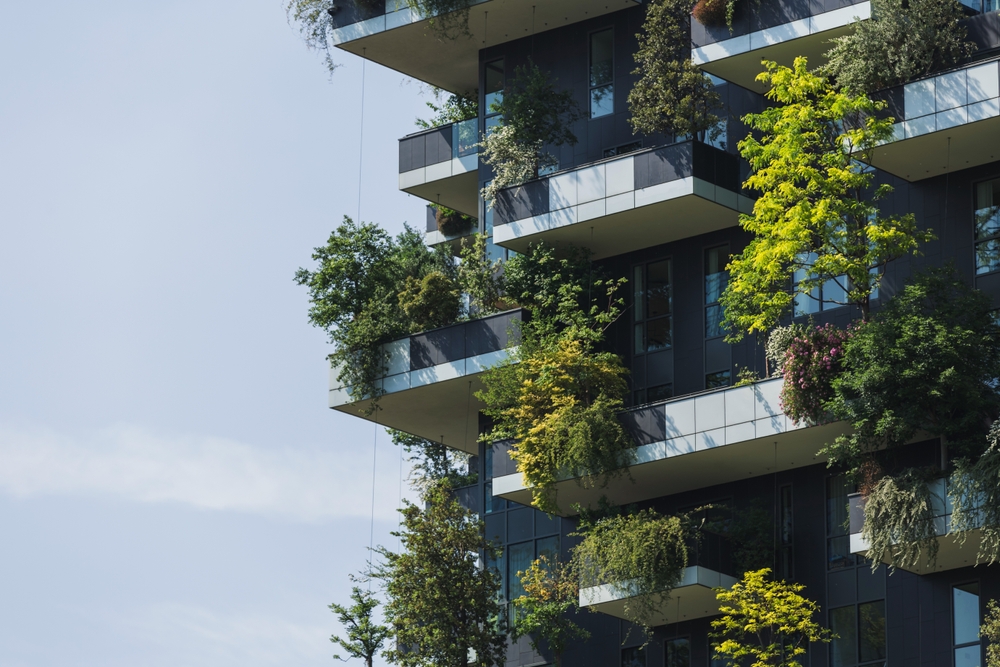Leveraging Biophilic Design in Industrial Spaces
Biophilic design in industrial environments is revolutionizing workplace aesthetics and functionality. This innovative approach integrates natural elements into man-made spaces, fostering employee well-being and productivity. As businesses seek to create more sustainable and human-centric workplaces, biophilic design emerges as a powerful tool for transforming industrial settings into vibrant, health-promoting ecosystems.

Principles of Biophilic Design in Industrial Contexts
Implementing biophilic design in industrial spaces involves more than simply adding a few plants. It requires a holistic approach that incorporates multiple sensory experiences and natural patterns. Key principles include:
-
Visual Connection with Nature: Introducing living walls, indoor gardens, and views of outdoor greenery.
-
Non-Visual Connection with Nature: Incorporating natural sounds, textures, and scents.
-
Non-Rhythmic Sensory Stimuli: Designing spaces that allow for unpredictable movements of natural elements, like water features or wind-activated sculptures.
-
Thermal & Airflow Variability: Creating microclimates within the industrial space to mimic natural environments.
-
Presence of Water: Integrating water features to enhance sensory experience and air quality.
-
Dynamic & Diffuse Light: Maximizing natural light and implementing lighting systems that mimic natural light patterns.
Benefits for Employee Well-being and Productivity
Research indicates that biophilic design in industrial settings can yield significant benefits for employee health and performance. Studies have shown reductions in stress levels, improved cognitive function, and increased creativity among workers in biophilic environments. For instance, a study by Human Spaces found that employees working in environments with natural elements reported a 15% higher level of well-being and were 6% more productive.
Moreover, biophilic design can contribute to reduced absenteeism and improved retention rates. As employees feel more connected to their work environment, they experience greater job satisfaction and are more likely to remain with the company long-term. This not only benefits individual workers but also contributes to overall organizational stability and success.
Overcoming Implementation Challenges
While the benefits of biophilic design are clear, implementing these principles in industrial settings presents unique challenges. Safety considerations, maintenance requirements, and potential interference with industrial processes must be carefully addressed. Successful implementation requires a collaborative approach involving designers, industrial engineers, and health and safety experts.
One key challenge is integrating natural elements without compromising the functionality of industrial equipment. Solutions may include creating designated biophilic zones within the facility, using nature-inspired materials and patterns in equipment design, or implementing vertical gardens that don’t interfere with floor space.
Another consideration is the ongoing maintenance of biophilic elements. Living walls and indoor gardens require regular care, which may necessitate partnerships with horticultural experts or the creation of in-house maintenance teams. However, many companies find that the benefits of biophilic design far outweigh these additional maintenance costs.
Case Studies: Biophilic Success in Industry
Several forward-thinking companies have successfully implemented biophilic design in their industrial facilities, demonstrating its feasibility and impact:
-
Amazon’s Seattle Spheres: While not a traditional industrial space, these biodomes showcase how nature can be integrated into a corporate environment, housing 40,000 plants from over 30 countries.
-
Ford’s Rouge Center: This manufacturing facility incorporates a 10.4-acre green roof, extensive natural lighting, and habitat restoration, significantly improving air quality and worker satisfaction.
-
Herman Miller’s GreenHouse: This furniture manufacturing facility features an atrium with natural vegetation, skylights, and a pond, contributing to improved productivity and reduced absenteeism.
These examples illustrate how biophilic design can be adapted to various industrial contexts, from high-tech offices to heavy manufacturing plants.
Practical Strategies for Implementing Biophilic Design
• Conduct an environmental assessment to identify opportunities for natural integration
• Start small with pilot areas to test biophilic elements and gather employee feedback
• Prioritize low-maintenance, native plant species for indoor greenery
• Implement circadian lighting systems to mimic natural light patterns
• Use nature-inspired textures and patterns in flooring, wall coverings, and equipment design
• Create outdoor break areas with natural elements to provide restorative spaces for employees
• Integrate biophilic principles into new facility designs and renovations from the outset
As industrial leaders increasingly recognize the value of human-centric design, biophilic principles are set to play a crucial role in shaping the factories and warehouses of the future. By bridging the gap between nature and industry, businesses can create environments that not only enhance productivity but also promote the health and well-being of their workforce. As we move towards more sustainable and employee-focused industrial practices, biophilic design stands out as a powerful tool for creating workplaces that are both efficient and inspiring.





